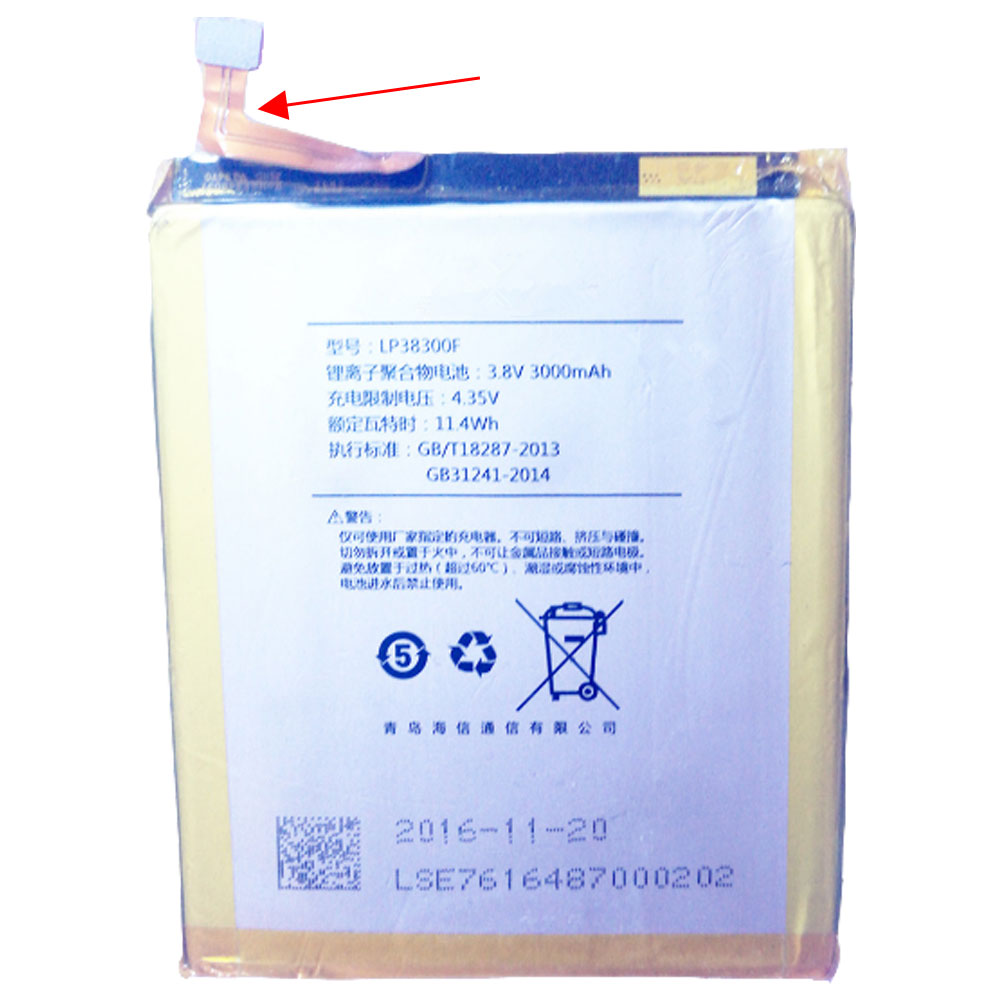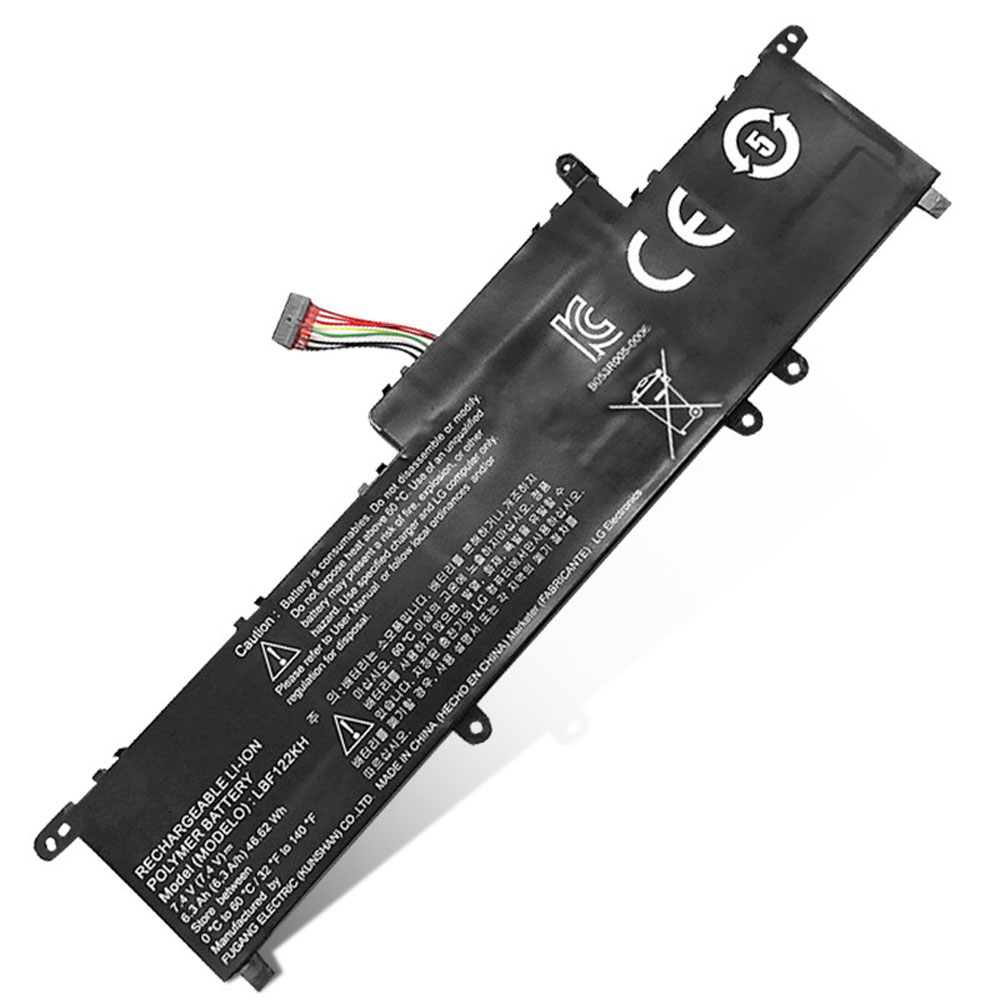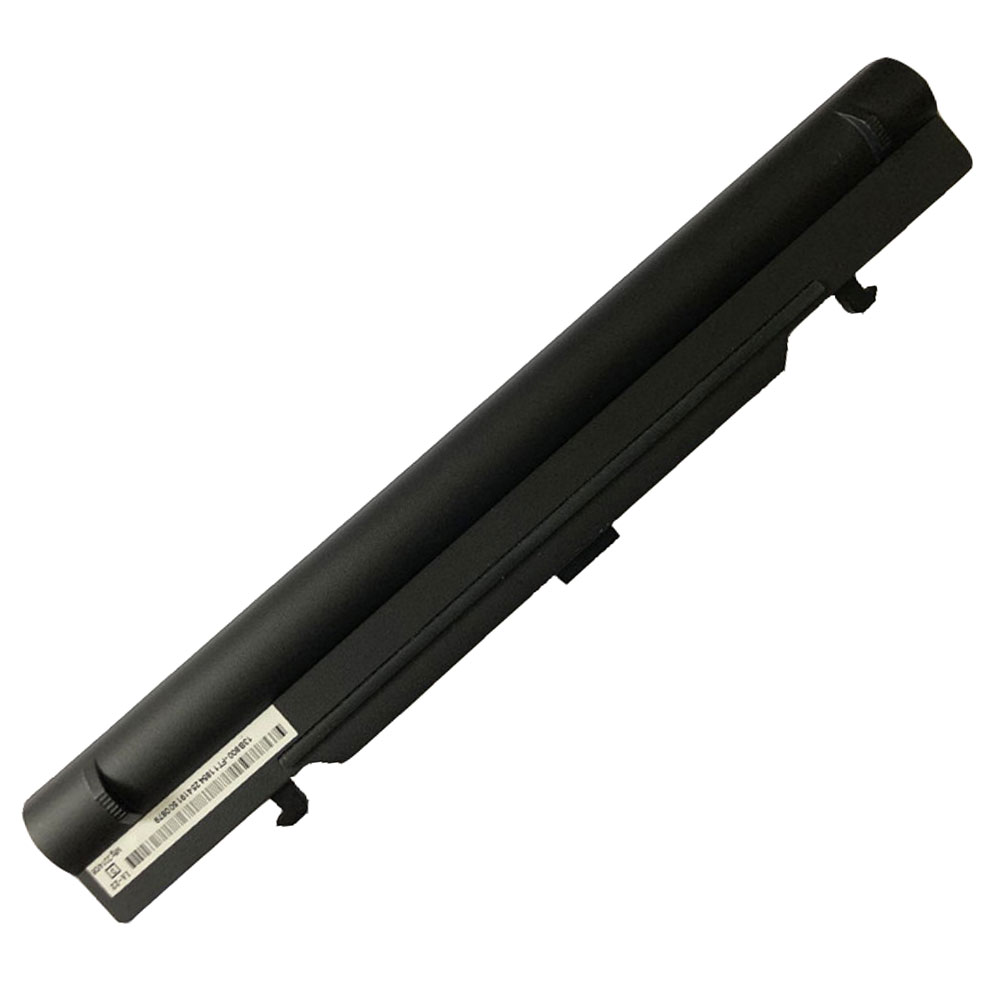Since its first iteration, the Apple Watch has been hailed as a best-in-class device. So much so, in fact, that many people cite the timepiece as reason enough to make the switch from Android to iPhone. That includes yours truly. Several factors recently convinced me to make a temporary switch to iOS, and the Apple Watch Series 5 was the clincher.
Coming from the Android ecosystem as an avid fitness tracker/smartwatch user, just how much better is the Apple Watch? Was it worth making the change?
Apple Watch Series 5 design and hardware
The smartwatch is an example of a device category where design really does matter. It’s something you’ll be displaying on your wrist for all to see: a fashion accessory and a statement about who you are. This is something Apple clearly understands and has put a lot of thought into. Apple’s watch has a minimal and classy design.
Everyone knows what an Apple Watch looks like by now, and it has changed very little over the years. It’s a small, rounded square that sits on your wrist — and that’s really all there is to say about it. The only notable features are the digital crown (dial) on one side and a button sitting flush just below it. Together with the highly responsive touchscreen, these controls allow you to navigate through the UI. The digital crown is a particularly fine piece of engineering that has a surprisingly varied number of uses. It offers haptic feedback to mimic an analog control. Haptics, in general, are beyond excellent on the Apple Watch Series 5.
To go with the sleek body, the watch has a vibrant screen that brims with color and wraps neatly around the edges thanks to the curved glass. It comes in two screen sizes: 40mm and 44mm. These offer 394 by 324 and 448 by 368 pixels, respectively. I actually went for the smaller model, as I wanted something that would feel light on my wrist. I often found that other smartwatches would dig into my hand during push-ups, or feel uncomfortable on a desk while typing. Fortunately, the 40mm Apple Watch is something I can easily wear all day. Moreover, the screen real estate is still more than ample for interacting with the watch.
There’s also a built-in speaker that allows you to hear notifications and feedback from Siri, listen to music, and take voice calls.
The Apple Watch has a sharp, vibrant screen that brims with color.
You can get the watch in aluminum, steel, or titanium, though most will likely choose the more affordable aluminum. Both options are plenty resilient, and you get water resistance up to 50 meters.
The Apple Watch Series 5 finally gets an always-on display, meaning you can show off your favorite watch face (and check it) without the awkward, exaggerated wrist gesture to wake the screen. The always-on display is a little dimmer when not active, but it still looks great. It uses some pretty clever technology to achieve the effect without draining the battery, too. This works by combining Low Temperature Polycrystalline Oxide (LTPO) with Indium Gallium Zinc Oxide (IGZO) technology, which allows Apple to control the precise voltage supplied to each pixel. The combo enables a variable refresh rate that can go as low as 1Hz, drastically reducing the power consumed when the watch isn’t in use. Lift it up, and the regular AMOLED screen will kick in, slightly increasing the brightness.
The only downside of the design is that it has become ubiquitous. The Apple Watch is no longer unique or special, though that doesn’t detract from its quality.
In terms of sheer design, the Galaxy Watch Active 2 is arguably the closest competition. It has the same minimal aesthetic, but in a round form factor. The size options are identical (40mm or 44mm), and Samsung offers similar material choices, too.
The screen is likewise just as bright, and just as high-resolution. The big difference is that Samsung provides far more robust customization options.
This is one area where I really miss Android. While the watch faces on the Apple Watch are varied and attractive, you still can’t create or download custom ones. This limits the amount of self-expression possible.
Of course, if your main concern is fashion and style, there are plenty of beautiful smartwatches available from actual watch companies. These trounce the Apple Watch in terms of design, no problem, but they don’t tend to offer the same level of functionality. And no watch has quite gained the instant recognizability as the Apple Watch, for better or for worse. The Apple Watch is iconic.
Powering the Apple Watch Series 5 is the Apple S5 chip, which is extremely snappy and surprisingly capable. Devs have gotten 3D games running on this thing and they don’t look awful. The Watch has an impressive 32GB of on-board storage, all the usual sensors, built-in GPS (no phone necessary), and optional cellular data.
In terms of hardware, the Apple Watch’s biggest limitation continues to be the infamous battery life. The Watch is supposed to last around 18 hours, though it will generally go a day and a half with normal use. You’re going to need to charge it every night, which means it can’t come with you on long hiking trips (you’ll only get 4 hours of GPS tracking) and it isn’t ideal for sleep tracking, either. This isn’t a huge problem for me, as I simply charge the device each morning while I make breakfast for my daughter. That said, it does take a while to charge at 1.5 hours and this means it often misses out on some activity tracking when I’m chasing my daughter around the house.
Smartwatch features
Neither the specs nor the design are what set the Apple Watch Series 5 apart. Like all of Apple’s best products, the magic of the Apple Watch lies in the perfect marriage of hardware and software.
Of course, the Apple Watch Series 5 handles all your smartwatch basics. It shows notifications, it sends messages, and it lets you pay for stuff with Apple Pay. It even shows the time!
But it’s the thoughtful software features, intuitive-yet-powerful user interface, and snappy responsiveness that make this such a fantastic product.
WatchOS 6.1 really feels like a shrunken-down version of iOS. For example, you swipe down to see your notifications, and you can double-press the digital crown to call up Apple Pay. A swipe up from the bottom opens the settings menu, which includes some neat features such as the torch, and a “find my phone” function. Swipe left or right along the bottom to switch between watch faces, and raise the watch at any time to begin talking to Siri. A click of the digital crown will bring up the cluster of apps, while the button will show either a list of your currently open apps, or your favorites for easy access. Switching between open apps is almost as fast as it is on a full-sized mobile device.
The Apple Watch comes with a lot of built-in apps and services. You can control media playback, communicate with other Watch owners with a walkie-talkie (great/terrible for couples), make calls, or get directions with haptic cues straight to your wrist. Talking from your wrist is not an exclusive Apple feature, but it’s only found in a handful of smartwatches, and it’s surprisingly useful. I used it a number of times in situations where my phone was inaccessible, or my hands were full. It’s perfect for making quick plans, or telling someone you’ll call them back.
To me though, the real stand-out feature is the ability to control my iPhone’s camera. (The other big reason I switched to iOS was for the iPhone 11 Pro Max‘s camera.) For my fitness YouTube channel and Instagram account, I need to regularly record myself training and working out. In the past, this has been cumbersome and I can’t count how many times I achieved a personal best on one exercise or another only to find I was out of focus. The Apple Watch Series 5 sends a live feed from the camera right to my wrist, and I can even swap between lenses, or shift the focal point. It’s game-changing for me, and it never ceases to impress friends when we’re lining up for group photos (note that Wear OS devices can do this too).
Setting reminders is one of my favorite uses for the Apple Watch. Being able to speak to Siri as easily as raising my wrist is game-changing, and it’s much harder to miss notifications on iOS than it is on Android (this was something else that drove me away from Samsung in particular). In short, this takes a load off my mind and helps me be just a little less scatterbrained. It’s this kind of additional productivity that I was really hoping I’d be able to get from the Apple Watch.
Of course, I’d be remiss if I didn’t point out that Google Assistant on Wear OS is a better assistant. But Siri is more than capable of most tasks you might conceivably want from a watch (and it’s miles better than Bixby).
Setting reminders is one of my favorite uses for the Apple Watch.
App support
Just like the iPhone itself, the Apple Watch really comes alive when you start installing third-party apps (which can now be done directly from your wrist). Finding these apps can be hard work, seeing as there’s no dedicated Apple Watch store on iOS (something Google does better), and the one on the watch itself is fiddly to use with few features for easy discovery.
Once you do find them, though, the selection of Apple Watch apps is pretty amazing. A lot of the big brand apps have watchOS counterparts, which includes the likes of Headspace, Todoist, Spotify, MyFitnessPal, Audible, and more. The Todoist app lets me not only tick off my to-do items, but even add new ones by voice.
Complications, or watch-face widgets add greatly to this functionality. You can pick several widgets for each watch face, providing a quick shortcut to the apps of your choice. This lets you see useful information at all times, such as upcoming todos. Again, this really helped me stay on task throughout the day, as I was constantly reminded of what I needed to do next. Complications can be customized to a small degree, though it’s crazy to me that WatchOS has better widgets than iOS itself.
Smaller developers are knocking it out of the park here and have found plenty of ways to be useful on the Apple Watch. Nano, for example, is a surprisingly feature-rich Reddit app; a great distraction in a pinch. I also enjoy Peak for its brain-training games. To me, brain training and smartwatches are a natural pairing.
The last smartwatch I wore frequently was the Garmin Vivoactive 3. That device had a lot of apps too, available through the Connect IQ store, but the selection paled in comparison to what Apple offers. Further, a lot of the Garmin apps either didn’t work or only supported newer Garmin models. You’ll get more apps with the Garmin Vivoactive 4 or Venu, but it still falls short compared to the Apple Watch.
Wear OS fairs better than Garmin in terms of app support, but again, the Apple Watch has it beat.
Fitness tracking
For many people, the Apple Watch has become their go-to fitness tracker and there is a lot to like here.
General activity tracking on the Watch is denoted by three rings representing your calories burned, exercise, and time standing. The watch measures your heart rate roughly once every 10 minutes (though some apps will measure more frequently), and there’s an FDA-approved ECG that can alert you to potential heart conditions.
One of the most vaunted features of the current line of Apple Watches is fall detection. If you should fall while wearing the watch and then fail to move, your watch can call for help. There have already been stories of Apple Watches saving lives.
You can monitor your heart rate and activity more thoroughly during workouts, but automatic-workout detection leaves a little to be desired; you’ll probably be better off starting activities manually. The GPS is precise, and the Apple Watch Series 5 has everything you need for a run built-in — meaning you can confidently leave your phone at home. While a wrist-worn heart rate monitor will never be as accurate as a chest-worn strap (especially during weight lifting), the Apple Watch Series 5 is still one of the better options and does pair with a strap if you prefer. With GPS on, you’ll only manage around 4-6 hours, so it’s cutting it fine for a marathon (but still not bad!). To eke out the most battery possible, you’ll want to turn off the display and other connectivity, though.
There are dozens of stories about the Apple Watch saving lives.
Unfortunately, the Apple Watch doesn’t track sleep out of the box, which is presumably due to battery limitations.
Third-party options fill the gap, however. I used one called Sleep++ for a bit. When I found that app wasn’t logging my nightly wake-ups properly though (of which there are many, thanks to my 15-month-old daughter), I swapped it for another called Autosleep. Autosleep is excellent, and in many ways rivals the detail generated by dedicated hardware, such as the Oura Ring 2. You get a huge amount of information, including a readiness score that is based on HRV (heart rate variability), and resting heart rate.
And that’s the story of fitness tracking on Apple Watch. What’s there is robust, but basic. It’s the huge variety of fitness apps that make the Apple Watch such a strong contender. Apps like Gymatic offer to count your reps at the gym, Endomondo is one of the best running apps, and there are tons of great guided yoga apps, HIIT sessions, and calisthenics routines.
I really enjoyed an app called Endel, which creates relaxing soundscapes based on the time of day and personal metrics. There is a level of creativity and polish here that I simply haven’t found on other devices. If you are interested in using biofeedback to improve your health and lifestyle, the Apple Watch Series 5 has you covered.
That said, the depth of information available from a Garmin fitness tracker still trumps the Apple Watch.
An Android user’s take on Apple Watch Series 5
So, how does the Apple Watch stack up compared to what’s available on Android?
The Apple Watch Series 5 base model cost $399 with an aluminum chassis. The stainless steel case starts at $699, while the titanium model costs a hefty $799. The cellular model starts at $499 in aluminum. That makes it significantly more expensive than most of the competition. In my opinion, though, it definitely justifies that price.
While it’s true that there are some solid smartwatches for the Android platform, and Wear OS certainly has a few things going for it, the Apple Watch is a step above. There’s a reason this device has garnered so much praise: it benefits from a beautiful design, an intelligent UI, and impressive app support. It’s not perfect (battery life and sleep tracking let it down), and it’s expensive, too. Whether it’s paying for groceries with my wrist or getting reminders that I can’t possibly miss, there are countless times throughout the day I was glad to have the Apple Watch.
Another great thing about the Apple Watch is that it’s getting better all the time. Unlike Wear OS, which rarely sees updates from Google, the Apple Watch gets new features regularly and benefits from superb ongoing support.
The Apple Watch Series 5 is the first smartwatch I’ve ever used that became an essential part of my workflow, and I’ve only scratched the surface of what it can do.



